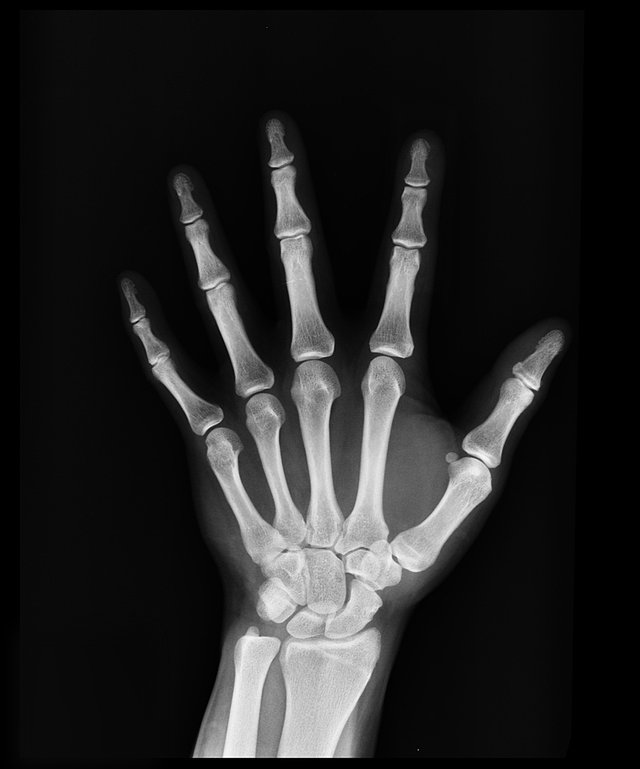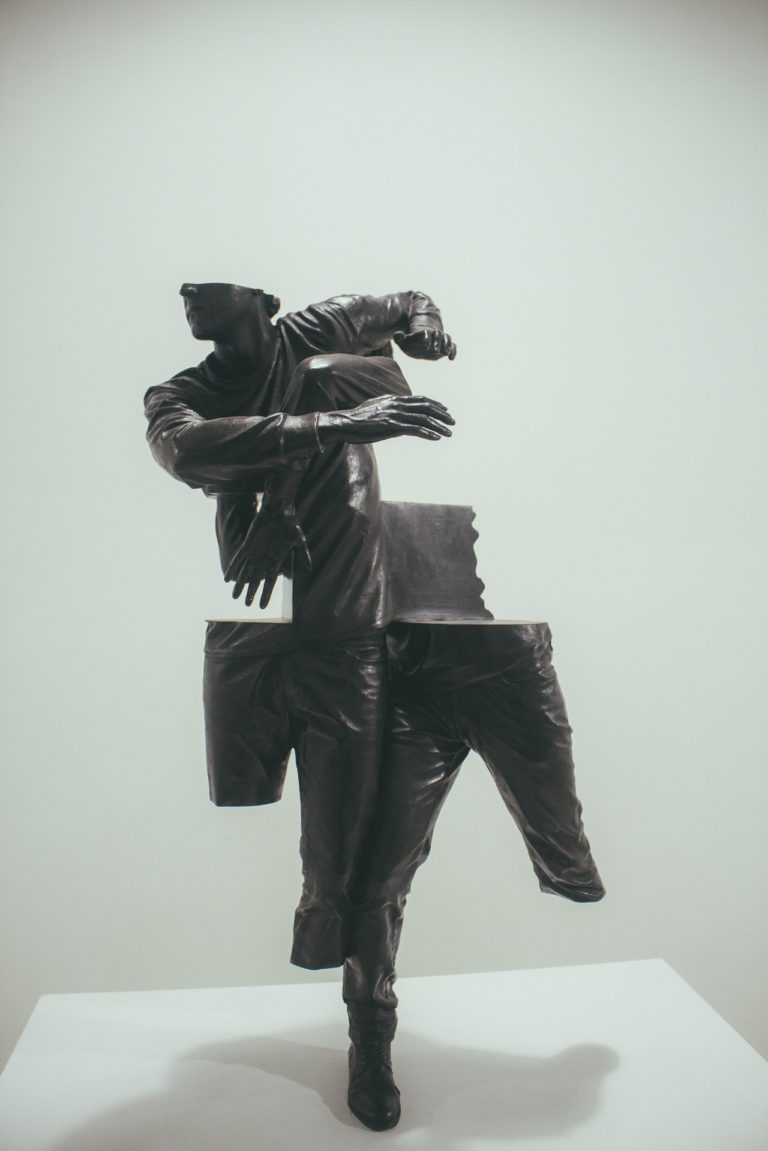To feel it in your bones means to sense something strongly and intuitively without knowing why. We are told to pay attention to the gut when talking about intuition but maybe we should also tune into our bones to see what they have to say.
Recently I read an article that stated that the trauma response elicited from our bodies actually begins in our bones, well at least in mice. The article said that the bones release several chemicals and hormones into the bloodstream during a distressing or threatening experience. This allegedly begins a process that instigates the best response to ensure our survival. While this study is far from conclusive it raises some good questions about the body. In particular a part of the body we don’t pay very much attention to, the bones.
intuition allows us to know something directly
When my gut tells me something I feel it first but them my mind steps in and likes to decipher it with a little whisper, like get the hell out of there, or this is really good you should act now! But when I feel something in my bones its different.
When I feel something in my bones I’m thrust in to a full body experience of being present. Not just present in mind but also deeply in touch with the literal core of my physical being. When I tune into my skeleton I feel like I’m wearing the rest of my body. Its a strange feeling but its also quite comforting.
I’m an inward person by nature so I feel at home with this but not everyone will share this feeling. Embodiment can be a tough thing to master so if you find that its too much to connect with that part of yourself, listen to what your body is saying and look for a part of your body that is comfortable and safe.
embodiment is about allowing experiences to arise directly from the body, without intervening thoughts.
When I began studying therapeutic movement and embodiment none of it came naturally, I didn’t trust my body and my natural response to trying to get in touch with it was met with repulsion and rejection. It took quite a bit of time. What helped me was starting with my hands.
The hands are a very interesting part of the body, they can hold, connect, create and communicate amongst other things. They can be used to direct attention and energy to different parts of the body and they move beautifully and effortlessly.

When I began studying psychology trauma was spoken about, but not a lot. Now it seems everything is trauma related and while I’m grateful for that shift I have to acknowledge that there is till a lot of work to be done to understand the complexity and subjectivity each one of us might have to trauma.
Trauma can be worked with in many ways. Personally I believe a broad and holistic approach is best. I’ve focused on working on the muscles and fascia to release and heal trauma. I have spent time working on specific parts of the body and I’ve also focused on the healing of the intellectual and emotional response to trauma, the sense making capacity we have and how that can save us or hinder us. And over the years I’ve done a lot of training with traditional healing methods in the Peruvian Amazon too.
plants have a lot to teach us about healing
This new information about the bones reminds me of one of the tree medicines I took when I first went to Peru 4 years ago. I was told that it was for my bones. I had broken my ankle in several places a few years before and thought it must be for that. But it turns out it was for much more than my ankle.

Over the course of the treatment (dieta) each day I would wake to a different part of my skeleton being ‘worked’ on. This sometimes felt like pain, like a mini jackhammer in the depths of my bones. Other times it felt warm and pleasant. Each day the sensations would move around. Eventually finishing with my skull. The process was unusual and taught me a lot about how my body had used my bones to contain my experiences that I was unable to bear.
During this time I had a lot of emotional release, crying, purging, dreams, shaking and other physical releases. After quite a bit of time I came to understand that the plant medicine was working on some of my trauma, specifically sexual and physical.
I also came to understand that we can store our trauma in our bones, not just our muscles, joints, memories and energetic body. Why our bones? I’m not sure to be honest. Current research focused on this area is very limited. One study suggests there is a link between PTSD and bone health but the findings are not clear. I was unable to find any studies on emotional trauma and the skeleton. But as I dug deeper I discovered its probably because we don’t know that much about our bones.

Our understanding of our bones is limited, only in 2014 was it discovered that within our bone mineral exists a large proportion of gel, about half, that acts as a shock absorber and provides flexibility. And only in 2018 was it discovered that the structure of bones follows the fundamental order principal of nature, they are fractal like.
They grow by way of layering protein and mineral over and over in a slight curvature that gives them the enormous mechanical properties. In short our bones are only beginning to share their wisdom with us. Like the rest of our bodies they are pretty amazing and beautiful in their own way.
The function of the skeleton is to protect the body and its organs. Maybe it shouldn’t come as a surprise that our bones have a physiological role in keeping us safe too.
I can gather from my experience that our bones provide the deepest and most protected spaces in our bodies to store things that need to be contained for our safety. In those cavernous and crystalline structures our trauma can bounce around relatively safely and continuously until we are ready to help set them free.
So that brings me to the question how do we work with the bones to help heal trauma? I would suggest that as we create the right conditions for trauma to be released from our body the bones begin to release too. Also bringing the skeleton into awareness during embodiment practices or movement therapy can be helpful too.
Like all trauma work it should be done with care, knowledge and patience. It should never be rushed. We are delicate and are not made to ‘release’ everything at once.
Not only is this impossible but often when we attempt this our bodies react negatively essentially re-traumatising us. Our bodies might refuse to release more than it can safely handle and in the process bury the trauma deeper or hide it from our awareness.
Its helpful to remember that the way our bodies process trauma at the time of the experience was the best way for our survival. The body needs to be made to feel safe enough in order to heal.
To understand your skeleton more I recommend a simple meditation.
Close you eyes and allow your breath to regulate. Working towards a slow and steady breath that is gentle and relaxed.
Focus your attention towards your jaw bone. Allow your face to relax and allow your awareness to penetrate deeply through the surface layers of your skin and muscles and notice the sensations that reveal themselves as you go towards the bone. Take your time.
It might help to visualise the jaw bone, imagine the contours, and feel into its connection with your teeth and skull. From here you can explore the surrounding structures and follow where your attention leads you. The aim here is to gently observe the sensations and experience what it is like to visit a part of your body that you might not have visited before.
When I do this I feel a deep vibration coming from my skeleton. I also become aware of my pulse points around my body and my heartbeat. Working with the skeleton allows you to come into intimate contact with a part of yourself that is often viewed as kind of inanimate.
But when we tune into the bones we see that they are deeply alive and breathing us as much as our lungs, moving us as much as our muscles and communicating with us as much as the rest of our body, if we take the time to listen.
For further questions please send me an email. If you are ready to take the next step contact me here for a free consultation.





